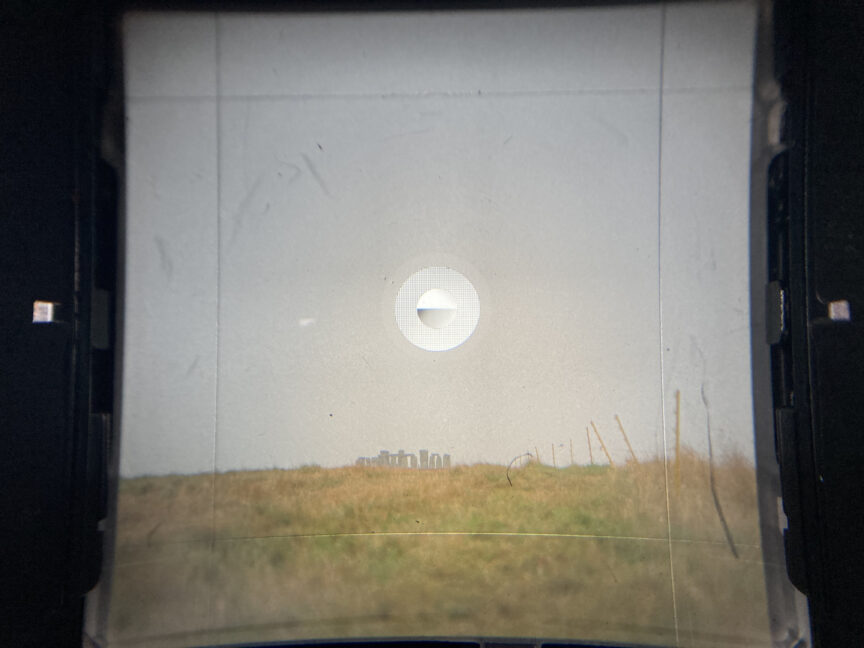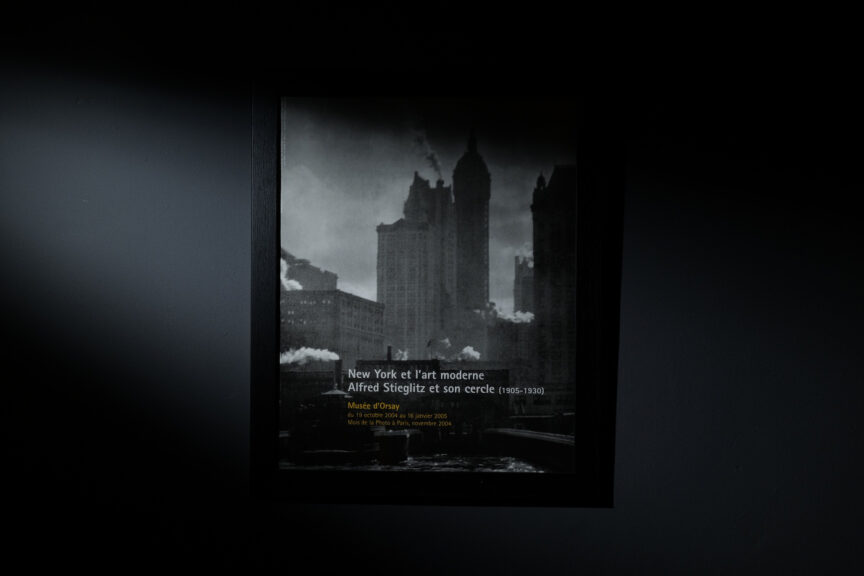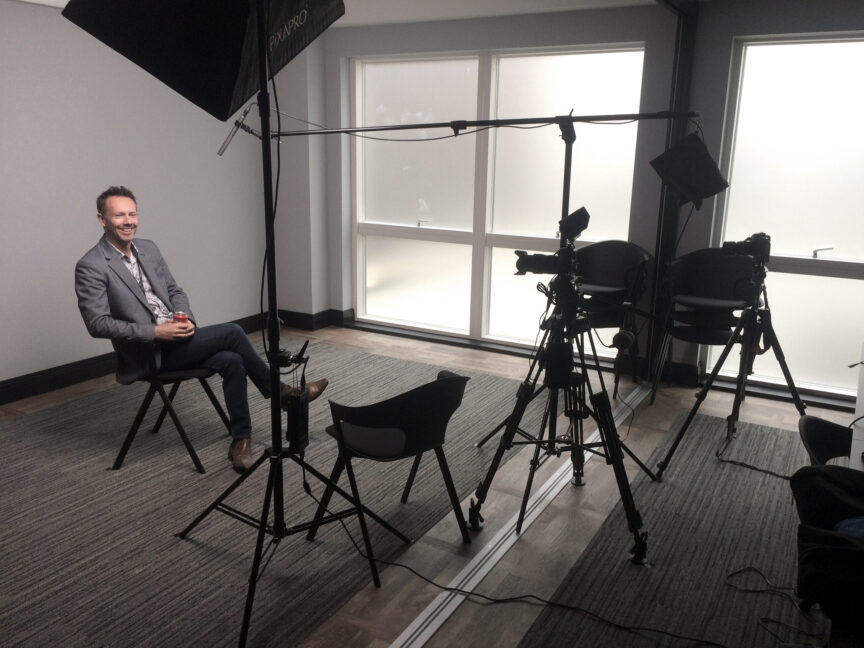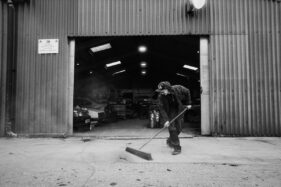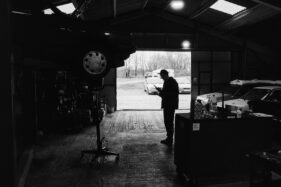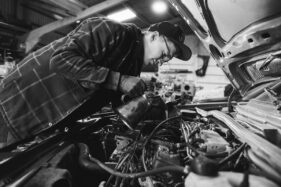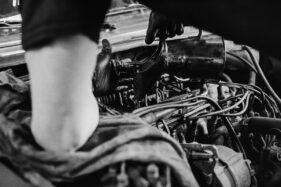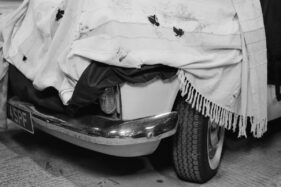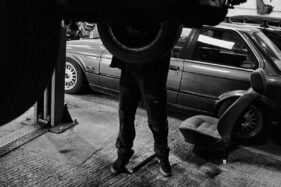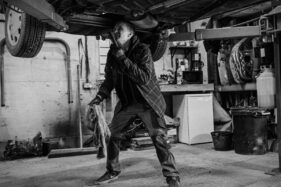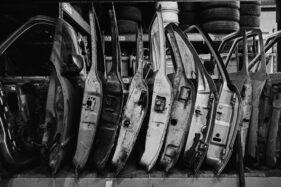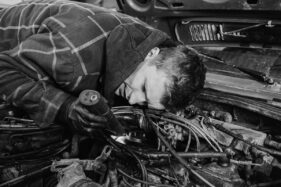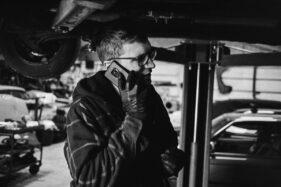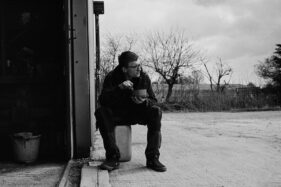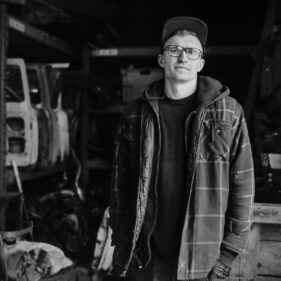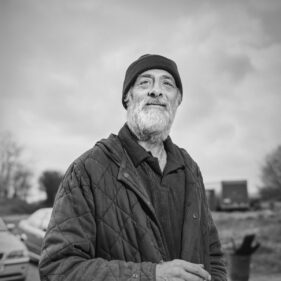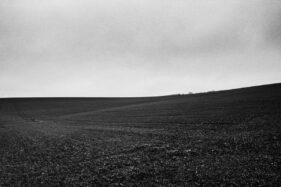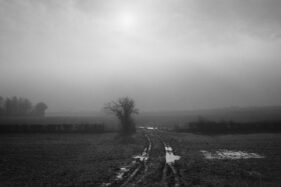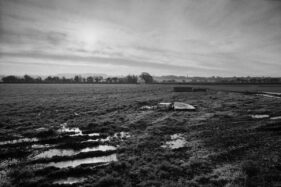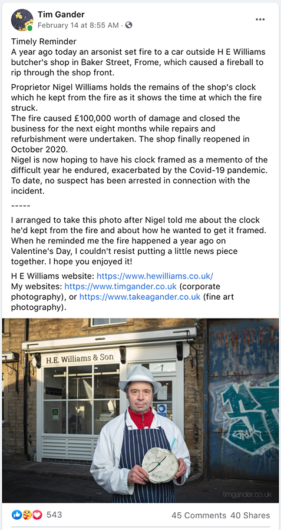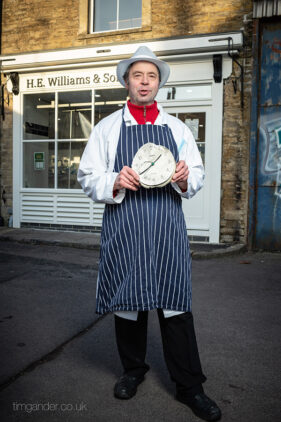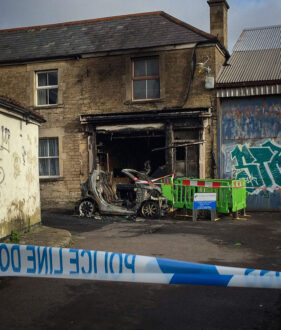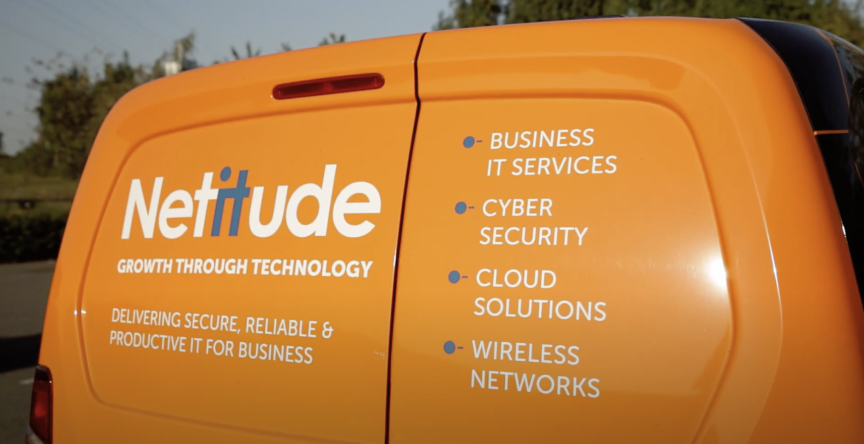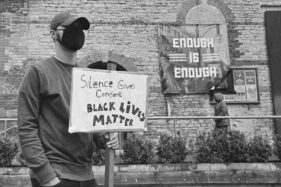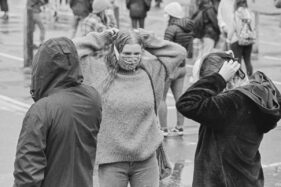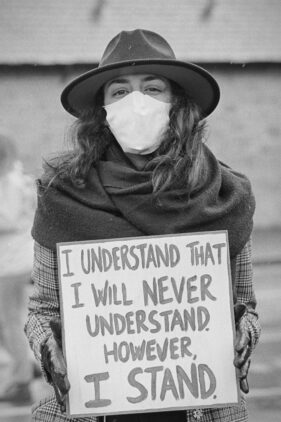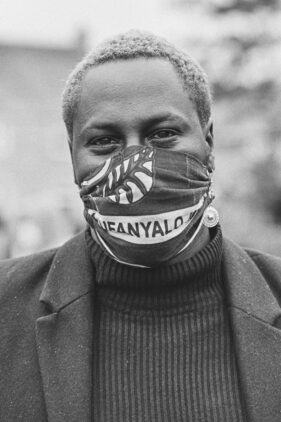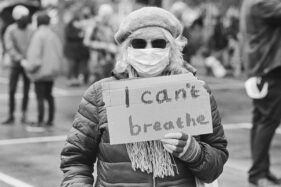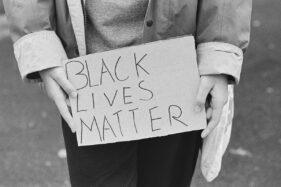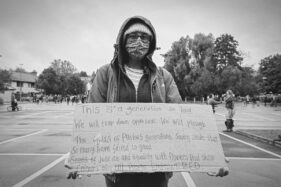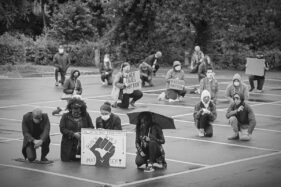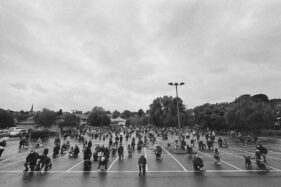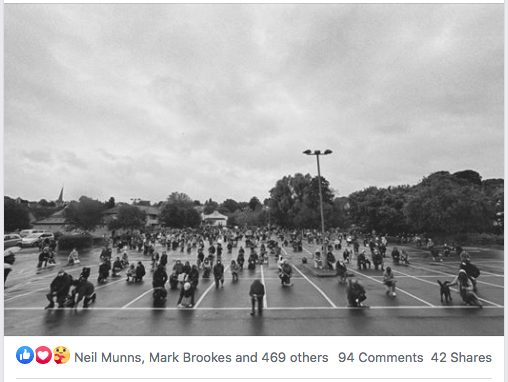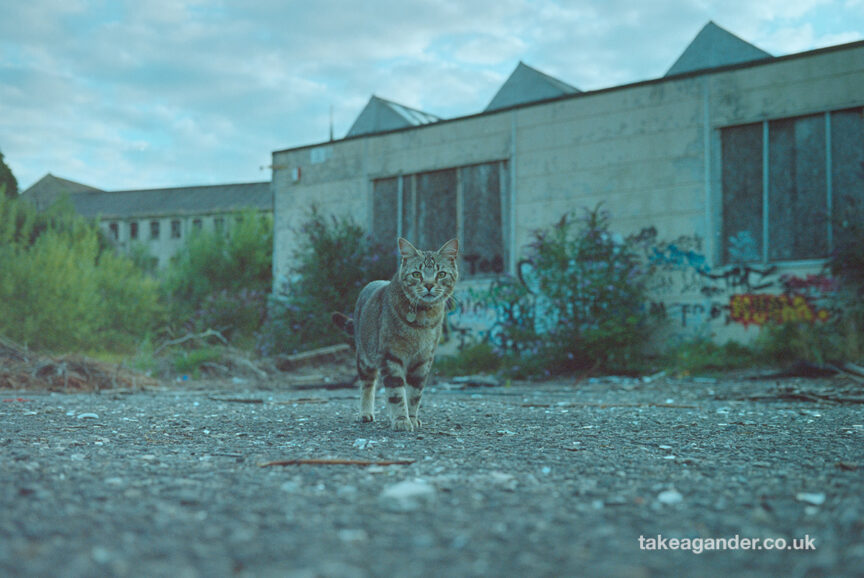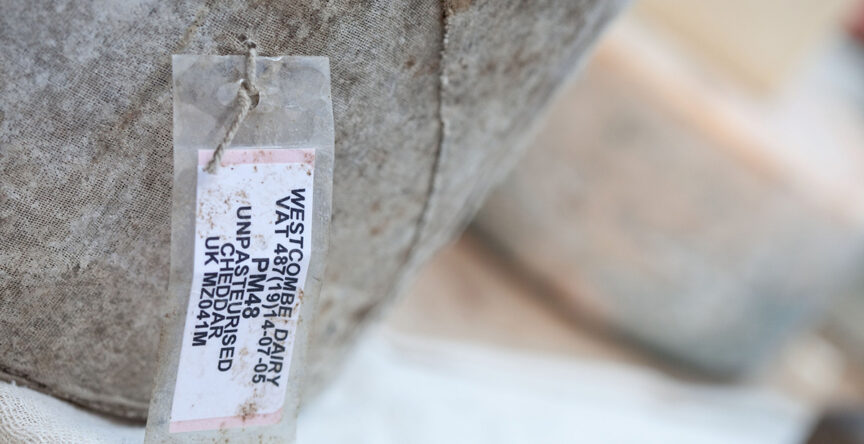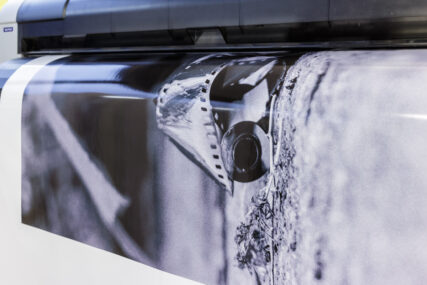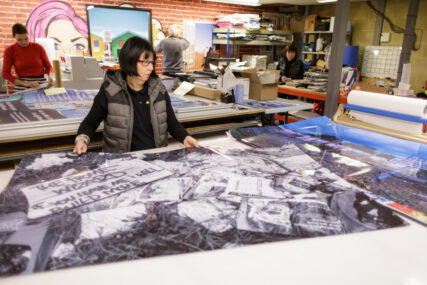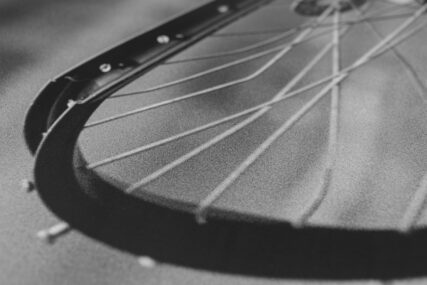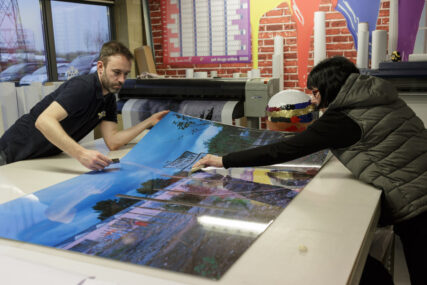Some days look quiet on the diary, but in practice are anything but restful.
Take yesterday as an example; I had no commissioned work on, so I decided to make a trip to Salisbury Plain to work on my much-postponed project.
That required a 5am alarm call (I had forgotten what a punch in the face that feels like!) This was my first trip to the Plain in many weeks, and the plan was to retry a shot I’d done before, but wasn’t entirely satisfied with.
Unfortunately, after such an early start and a three-mile walk (no, it’s not a great hike, but with medium format camera, lenses and tripod it feels a bit longer), the weather decided to be too dull to make the picture I was after.
Ok, so the six-mile round walk wasn’t a killer, but the early start was giving me a bit of a kicking. Time to head home.
On the way back I swung by my local picture framer to pick up a couple of pieces of non-reflecting glass. This is part of my master plan to keep improving how I digitise my negatives, squeezing every last drop of quality I can from the process. I didn’t stay long, he was busy with framing work for London galleries.
Back home, I tried a bit of admin, but by now my brain was aching for a little sleep, so I took a power nap (ok, 90 mins) to recover before lunch.
Then it was back on the admin, handling client enquiries, a bit of social media work and planning next week.
I did manage a bit of R&R in the evening, but then the lure of photography drew me back again. I’d recently updated some flash equipment, so had a bit of an experimental session with that. Focusing on areas around the home, I looked at how I could use the new gear to create different effects. Call it play, call it fooling around if you will, but a photographer who only works with their new gear once they’re commissioned to use it is a fool.
By the time I’d quit trying things out, it was 10:30pm and I was finally ready to stop, but not until I’d transferred my test flash images to my computer and had a look through the results. So ok, it was nearer 11pm when I finally shut the laptop.
I sometimes beat myself up that I’m not dedicated enough to what I do, but then when I sit back and look at it properly, I don’t think I’m any kind of slouch; I just need to remind myself that even a day which doesn’t produce solid results isn’t a day wasted, it’s a day invested in something yet to happen.

